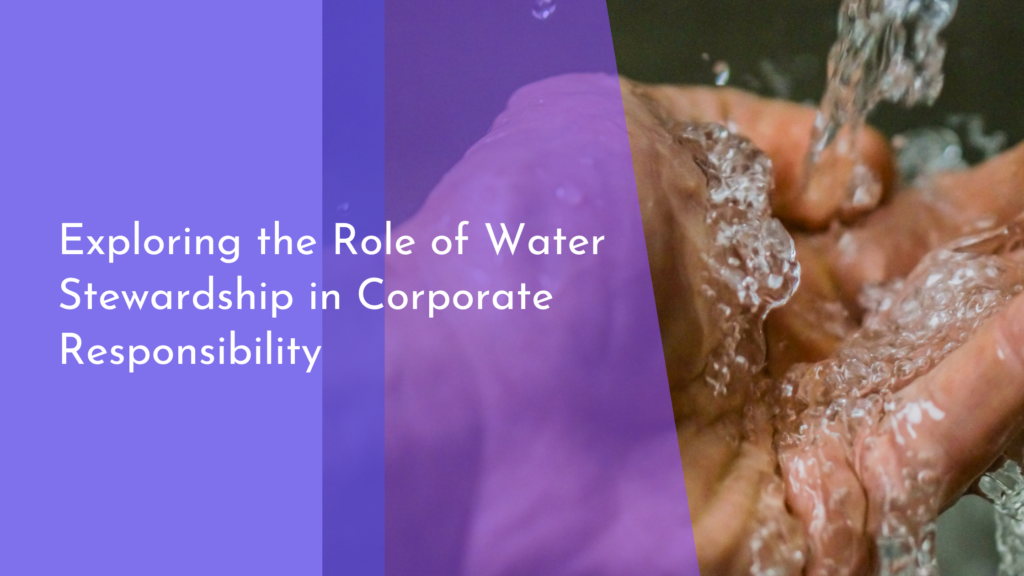Challenges in Implementing Environmental Education Programs
Environmental education plays a crucial role in shaping a sustainable future by equipping individuals with the knowledge, skills, and values necessary to address environmental challenges. However, the implementation of environmental education programs is fraught with a variety of obstacles that can hinder their effectiveness and reach. This article explores the significance of environmental education, identifies the key barriers to its implementation, and discusses strategies to overcome these challenges. We will also look at successful case studies that offer valuable lessons for enhancing environmental education initiatives.
Understanding the Importance of Environmental Education
Environmental education is more than just a subject; it is an essential tool for fostering awareness and understanding of the interconnection between human activities and the environment. By integrating environmental education into curricula, students and citizens can develop a sense of responsibility and stewardship towards the planet, ultimately influencing their behaviors and decision-making processes. Moreover, environmental education empowers individuals to think critically about global challenges such as climate change, biodiversity loss, and pollution, thereby promoting active engagement in sustainable practices.
In addition to raising awareness, environmental education encourages innovation and problem-solving. Through hands-on experiences and interactive learning, students can develop the critical thinking and collaborative skills necessary to devise new solutions for environmental issues. Programs that emphasize experiential learning, such as outdoor activities, field trips, and community projects, have been shown to enhance students’ understanding and retention of environmental concepts. This holistic approach not only benefits individuals but also leads to positive community and societal outcomes by fostering a culture of environmental consciousness and action.
Identifying Key Barriers to Program Implementation
One of the primary barriers to implementing environmental education programs is the lack of adequate funding and resources. Many schools and educational institutions struggle with limited budgets, which can restrict their ability to develop comprehensive programs that include field trips, workshops, and other interactive components. Additionally, the scarcity of trained educators who specialize in environmental education can further impede the successful integration of these programs into existing curricula.
Another significant obstacle is the varied levels of support and interest from stakeholders, including policymakers, educators, and parents. Environmental education often competes with other academic priorities, leading to its marginalization in school systems. Furthermore, the diverse educational and cultural backgrounds of students may require tailored approaches to effectively engage them in environmental topics. Addressing these barriers requires a concerted effort to prioritize environmental education at local, national, and global levels, advocating for policies that support its implementation and recognizing its long-term benefits.
Strategies for Overcoming Common Obstacles
To address the issue of limited funding, collaboration between schools, non-profit organizations, and government agencies can be instrumental. Partnerships can facilitate the sharing of resources and expertise, enabling the development of dynamic educational programs without the need for significant financial investment. Additionally, grants and sponsorships from businesses with a vested interest in sustainability can provide financial support for specific projects and initiatives, enhancing the reach and impact of environmental education.
Increasing stakeholder engagement is another crucial strategy for overcoming barriers to implementation. Organizing workshops and informational sessions for educators, parents, and policymakers can help raise awareness of the value of environmental education and build a collective commitment to its success. Furthermore, integrating environmental topics into existing subjects—such as science, geography, and social studies—can provide a seamless approach to embedding these important concepts into the educational fabric, ensuring that all students receive exposure to environmental issues regardless of their academic focus.
Successful Case Studies and Lessons Learned
One notable example of a successful environmental education initiative is the Eco-Schools program, which operates in numerous countries worldwide. This program encourages students to take an active role in making their schools more sustainable by implementing environmental management systems. The success of Eco-Schools lies in its student-led approach, which empowers young people to take ownership of their environmental actions and decisions. The program has demonstrated positive outcomes, such as increased recycling rates and energy savings, while also instilling lifelong sustainable habits in students and communities.
Another impactful case study is the Green Bronx Machine in New York City, which combines environmental education with urban agriculture. This program has transformed classrooms into greenhouses, allowing students to grow their own food while learning about nutrition, sustainability, and environmental science. The hands-on nature of the program has not only improved students’ academic performance but also enhanced their health and well-being. These success stories underline the importance of innovative, participatory approaches to environmental education that are adaptable to various contexts and needs.
Implementing environmental education programs is a complex but rewarding endeavor. By understanding the importance of fostering environmental awareness and addressing the barriers that hinder program implementation, educators, policymakers, and communities can work together to create lasting change. Through strategic collaboration, stakeholder engagement, and innovative practices, it is possible to overcome challenges and expand the reach of environmental education. As demonstrated by successful case studies, empowering individuals with the knowledge and skills to make sustainable choices ultimately leads to a healthier, more resilient planet for future generations.


